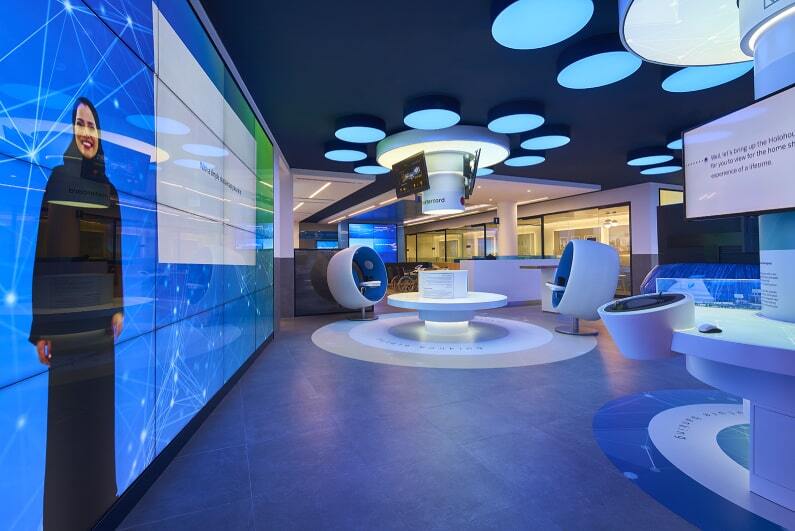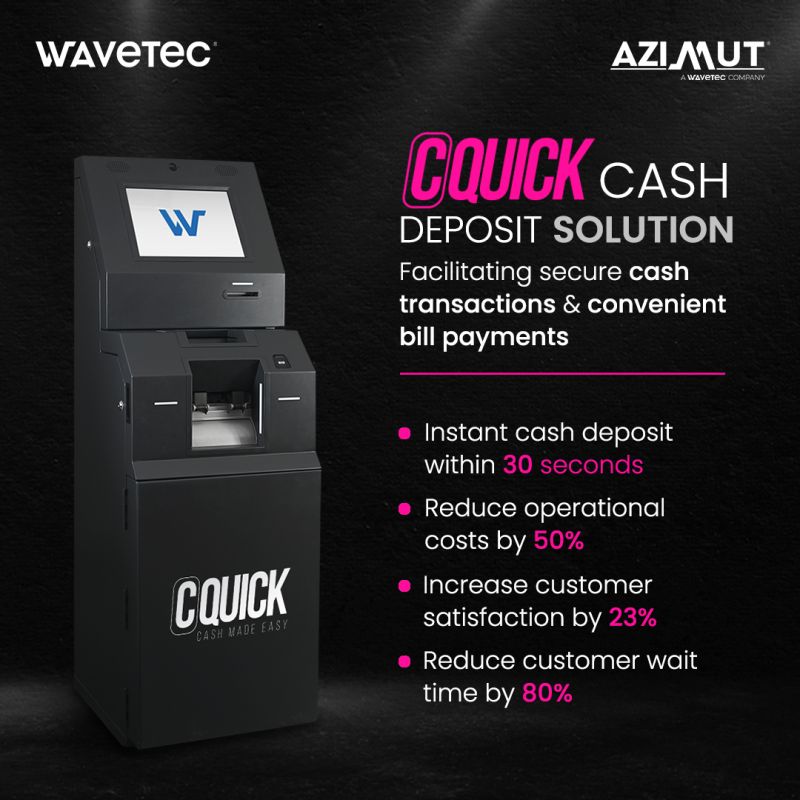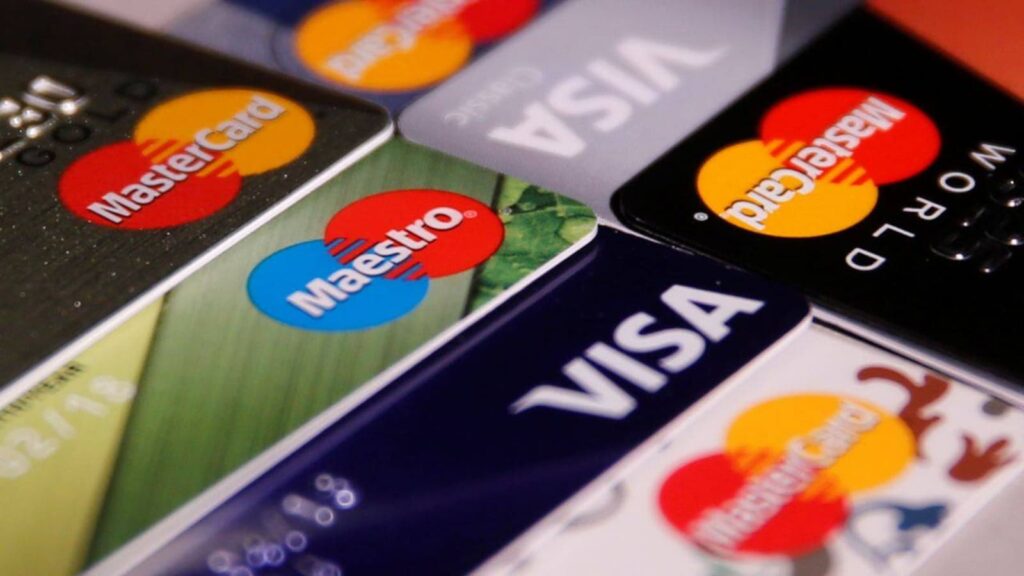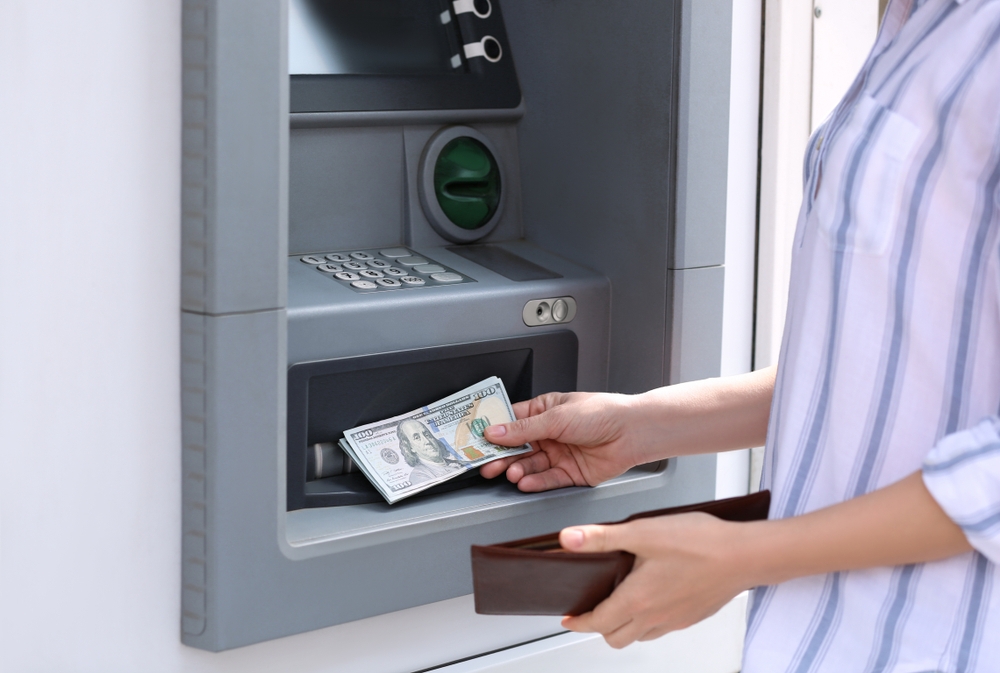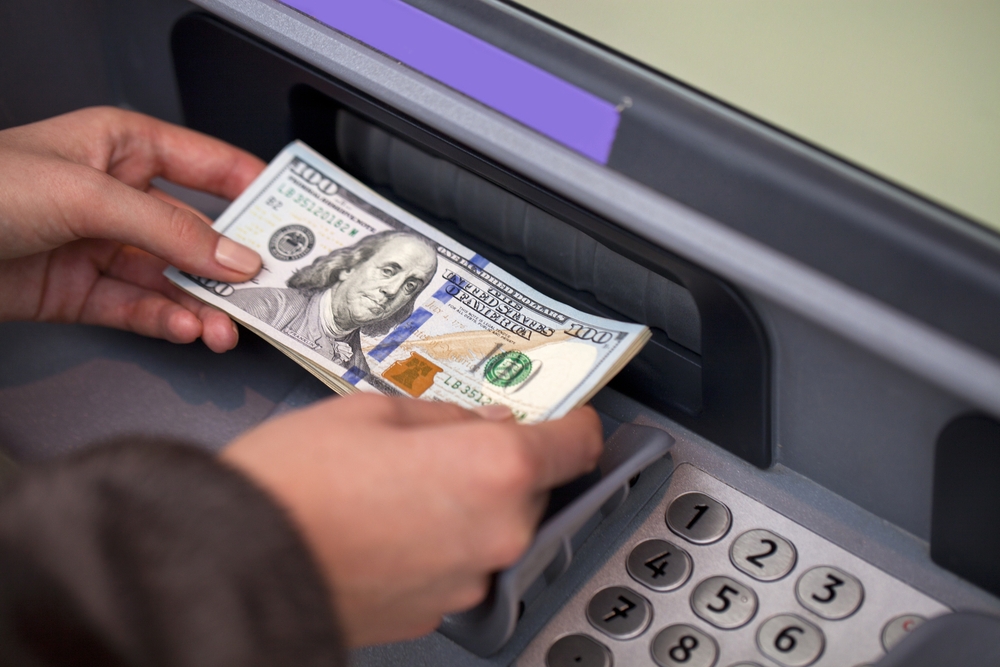In this blog: How the pandemic reshaped consumer banking and accelerated the adoption of self service technologies.
/GettyImages-939112782-972d7546df3b4723bd3213ad35a5496e.jpg)
Globally, banks have been following the same formula for decades when the last real innovation in consumer banking was probably the ATM. Since then consumer appetite has changed and come to a point where consumers demand new and enriching experiences from businesses. To service consumer needs, we came up with the idea of self-service technology where a computer essentially helps a customer purchase their own financial products.
The Coronavirus Pandemic & Self Service
Self-service technology has been around for nearly a decade however it really started making an impact on a global scale as the world descended into a global health crisis. In the first wave, we realized that the future of product & service delivery was going to be via automated self service channels such as digital interactive kiosks.
During that first wave businesses that didn’t have alternate self-service delivery channels were shut down completely and really suffered financially. On the other hand, certain other businesses that adopted self-service early really benefited from that first mover advantage and managed to serve customers albeit in a limited capacity.
The Need of the Hour
So naturally, when the first wave settled and businesses reopened, there was a significant increase in investment towards digital channels. This first batch of companies that migrated towards digitization and automation mostly included financial institutions and large banks. Some sources claim that leading banks that adopted self service technology benefited up to 4 times more compared to other banks.
However, even before the pandemic struck, banks were already on a trajectory toward digitizing banking operations. Before the pandemic, this trend was just moving a little slowly with adoption in Western regions like North America and Europe, and little to no sign of the technology in other continents.
Beyond Customer Experience
Self-service in banking aimed to fulfill more than just growing consumer demands, this technology was being geared to increase financial inclusion which has been identified as an enabler of 7 out of the 17 Sustainable Development Goals. Even the G20 and the World Bank consider it a vital step towards eliminating extreme poverty and boosting shared prosperity.

This has certainly been proven true by the various recent deployments of self service kiosks by mobile money agent networks and consumer banks. Self service kiosks enable easy access to basic financial services at any hour of the day and don’t require human tellers to be present.
Enriching Otherwise Monotonous Jobs
Additionally, when self service kiosks are employed to digitize day-to-day bank branch services and workflows, the bank tellers that would be serving these monotonous requests are now spending less time on tedious cash-handling tasks and can be trained for more demanding work that requires customer interaction.

This will, in turn, increase their skillset and enrich their job function, making them work more efficiently. In summary, if executed correctly, branch digitization leads to increased job satisfaction and operational efficiency. This leads to cyclical effect promoting constant growth.
What Happens After The Pandemic?
As I write this, we are coming out of the fourth wave of this global health crisis and some things have become very clear about self service and its future. One thing is for certain, self service is here to stay! Based on the trends we’ve seen, self service adoption is on the rise and has risen exponentially after each wave.
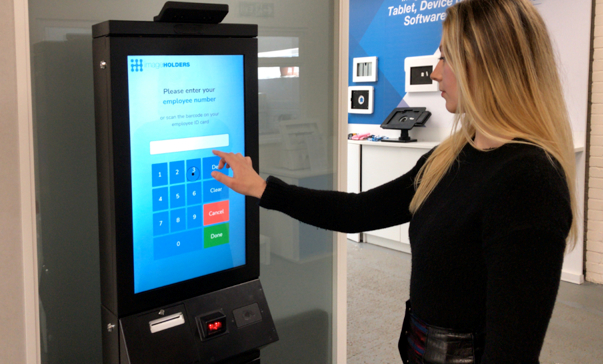
Banks aren’t just gearing up with self service to mitigate health concerns, but they’re preparing for a future where self service is considered a primary channel of service delivery and the banking experience is truly omnichannel.
The Influence of Self Service on Consumer Behavior
Consumer behavior trends also suggest the same; there is an increasing demand for self service and omnichannel experiences in most industries. Self service has become the norm for customers in many parts of the world within the financial services industry so much so that at this point customers expect to see self service kiosks at every bank branch or mobile money agent they visit.
The Future of Consumer Banking
Banks have some choices to make now that they have so many self service kiosk options to automate branch services. Banks need to figure out what is the optimal physical footprint for them and what is the perfect mix of digital and physical channels.

Different regions have their own individual challenges but the main goal is to make digital easy for all customer segments and actively coach them to migrate towards a digital financial services. This requires them to rework the existing branch network and format. This involves important decisions like deciding where to place kiosks to maximize access and traffic to the kiosk.
It also involves remapping the distribution of self service kiosks and physical customer service points with human employees. In an ideal future, bank branches and the provision of financial products will be completely digital i.e. financial services will be fulfilled through digital channels like self-service kiosks, mobile apps, or a combination of the two.
The Importance of An Omnichannel Workforce
During the transition towards digital, there will be more customer interactions and inquiries than ever before as many people will have queries regarding the use of digital channels. Therefore, it is imperative that banks invest in an omnichannel workforce i.e. train existing employees to be skilled in multiple channels and be able to switch between channels seamlessly to respond to increasing inquiries.
Reimagining a Conventional Bank Branch
As most financial institutions move towards digital ADCs, the retail banking industry is also headed the same way and it wouldn’t be a surprise to see additional self-service stations inside branches with multiple cash deposit machines, check deposit kiosks, card dispensing kiosks, and even account opening kiosks.
Simultaneously we will see a reduction in teller counters for simple cash handling and deposit transactions in favor of these kiosks. Bank layouts will become more open with technology taking on more roles that would otherwise be monotonous tasks for bank branch employees. We’ll see an increase in standalone smart banking kiosks pop up in public locations such as shopping malls.
This will broaden the reach of the bank and amplify the bank branch network without having to invest in a physical location with other added costs.
The use of self-service technology will enable a bank to service more customers at a time with a minimum per-customer service time. Kiosks also have a remarkable capability to upsell since they are programmed and not relying on memorizing a script.
All in all, the pandemic has accelerated the structural shift towards the digitization of consumer banking which, if executed properly, can be beneficial for everyone involved.
Check out our early empirical analysis report of the Covid-19 pandemic’s impact on self-service.
BOOK A FREE DEMO
